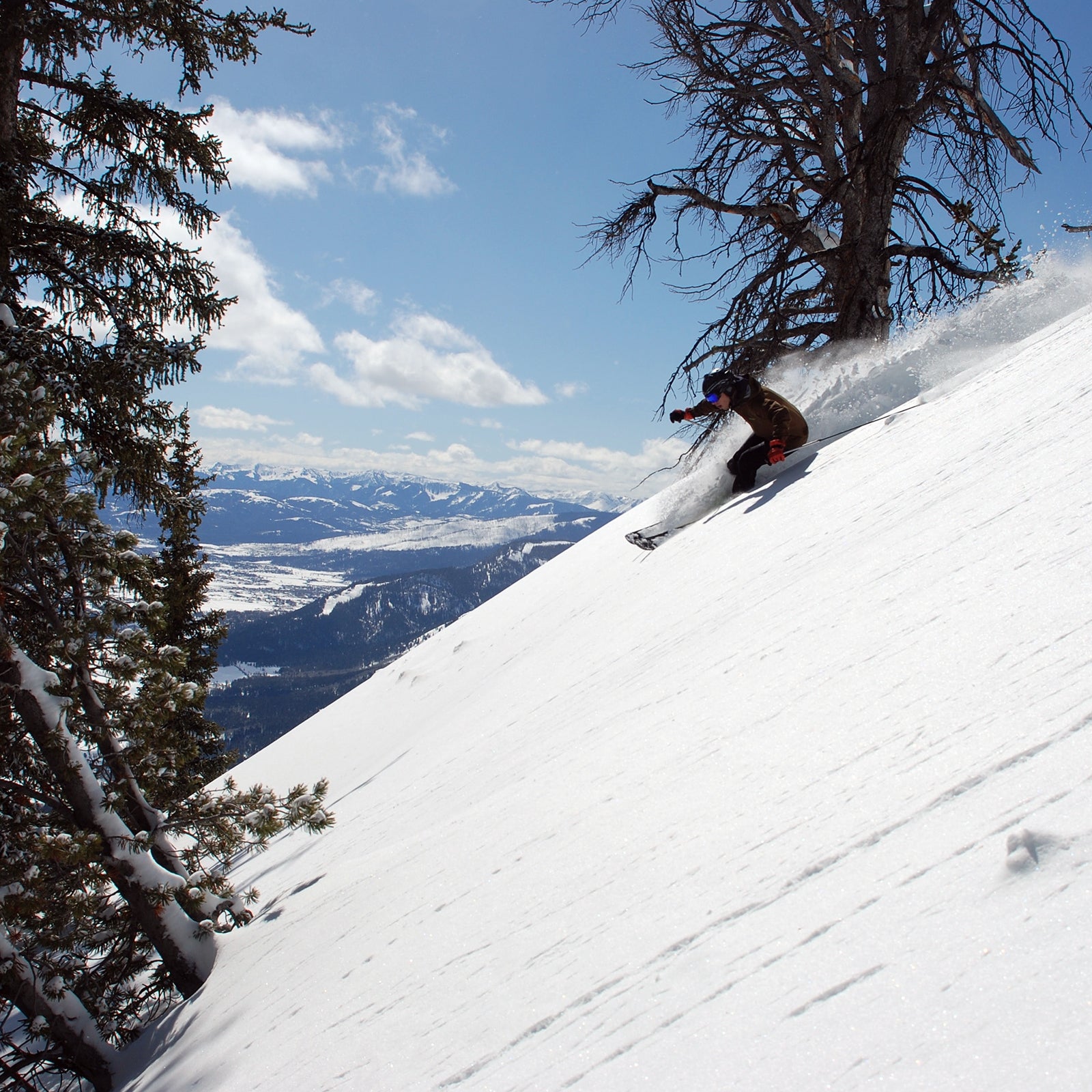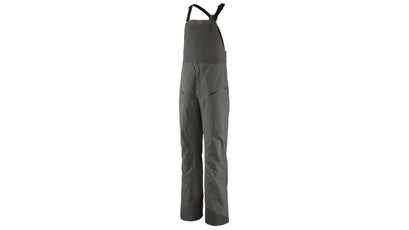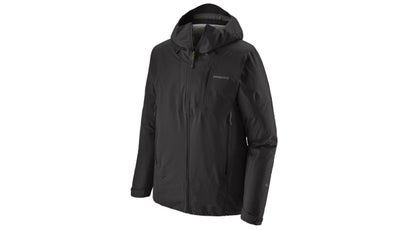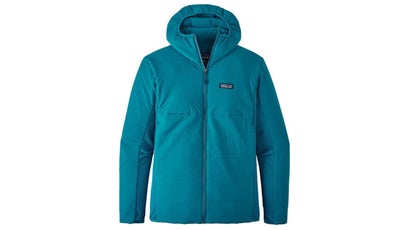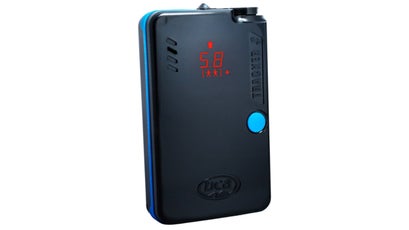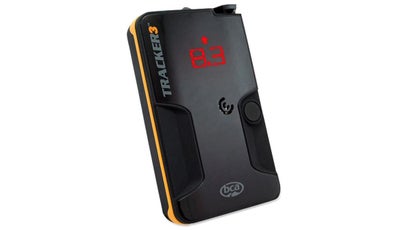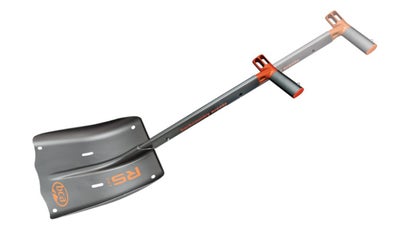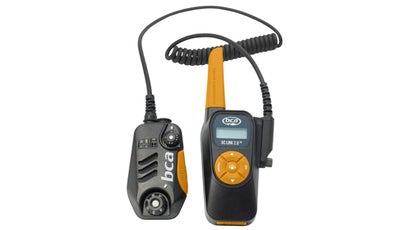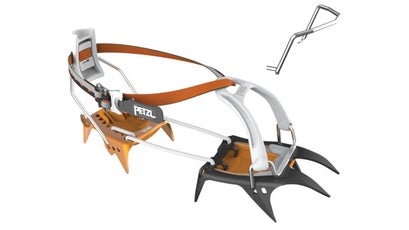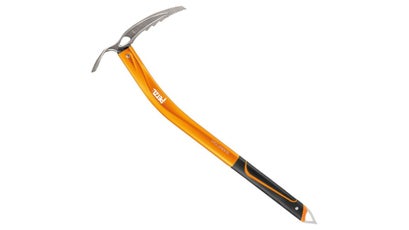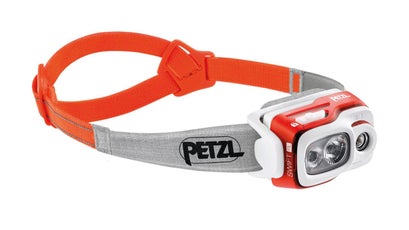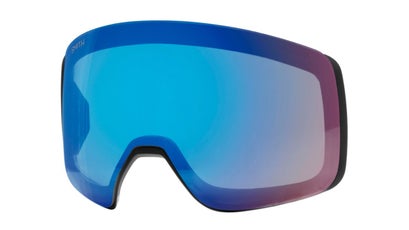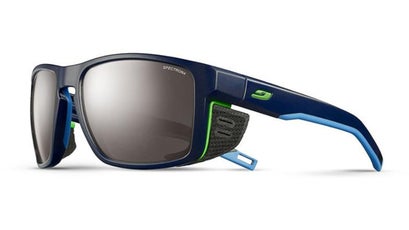In this early-season roundup, IÔÇÖll╠řprovide insights on the best new products in the off-piste realm. Take note that some of the descriptions below are more previews than╠řfull reviews, as IÔÇÖve only been testing for a few weeks. Whether youÔÇÖre a savvy resort skier preparing for your first tour╠řor a backcountry savant looking for an upgrade, this list should╠řhelp you snag╠řmore powder stashes, drop into a steeper couloir╠řand have a better time in the backcountry.╠ř
│ž░ýż▒▓§╠ř
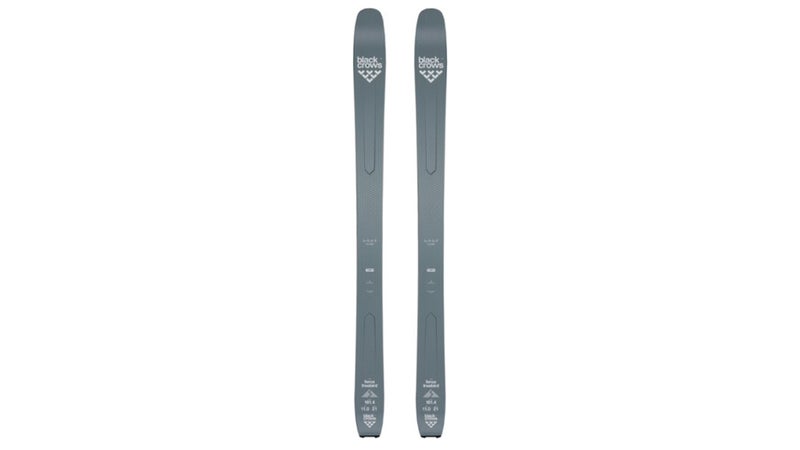
The most important parts of any ski setup are, of course, the planksÔÇöcarbon, wood, and polyethylene╠řglued and bent in a proprietary way, helping you float powder, hold an edge, and snap a sweet photo for the ÔÇÖgram. And╠řin my opinion, thereÔÇÖs no brand crafting finer skis than French independent Black Crows, with its╠řnewly launched ╠ř($1,020). This aggressive rocker╠řshould help you rip╠řmore turns and hit more pillows.╠řDesigned for intermediate-to-advanced skiers, the Freebird╠řfloats well in powder without being overly cumbersome elsewhere.
Bindings
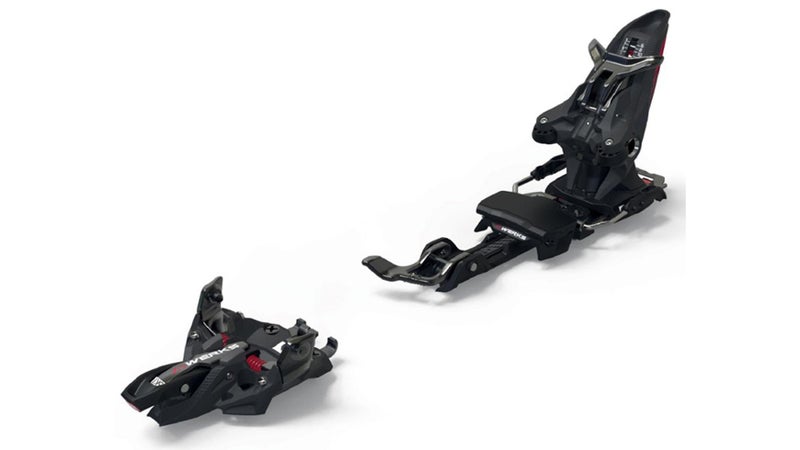
With respect to the new technology coming out of SalomonÔÇÖs lab, I believe the best bindings for mixed conditions in big mountains are the ╠ř($729). Lighter and finely tuned than the previous version, the updated M-Werks get the little things right (an easier ski-walk lever, anti-icing pads, and a DIN that goes up to 12). The result is a near alpine feel, without the sensation╠řof bricks on your feet.
Poles
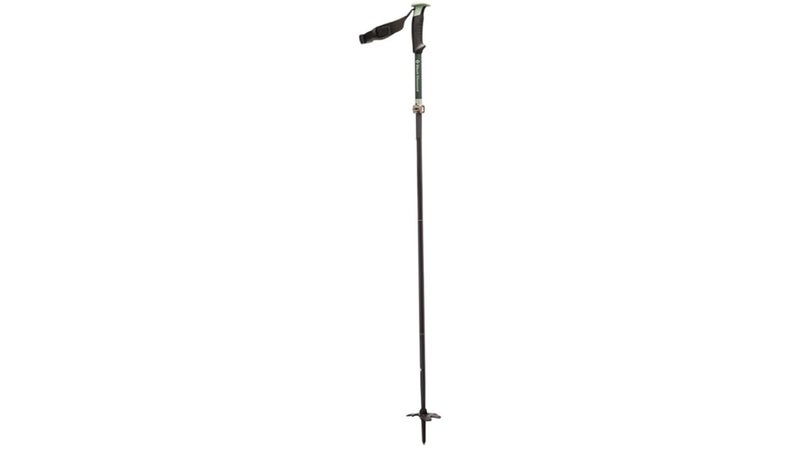
My favorite poles, the ╠ř($140), just got lighter and stronger, according to the company. Good for a variety of uses, like hiking, trail running, mountaineering, and skiing, theyÔÇÖre easy to tuck into your pack, and for that reason, they excel╠řin the backcountry for skiers and splitboarders╠řalike. The new╠řCompactors address╠řthe main issue of previous modelsÔÇöthe connectorsÔÇÖ durabilityÔÇömaking them a trustworthy choice for this season.
Skins
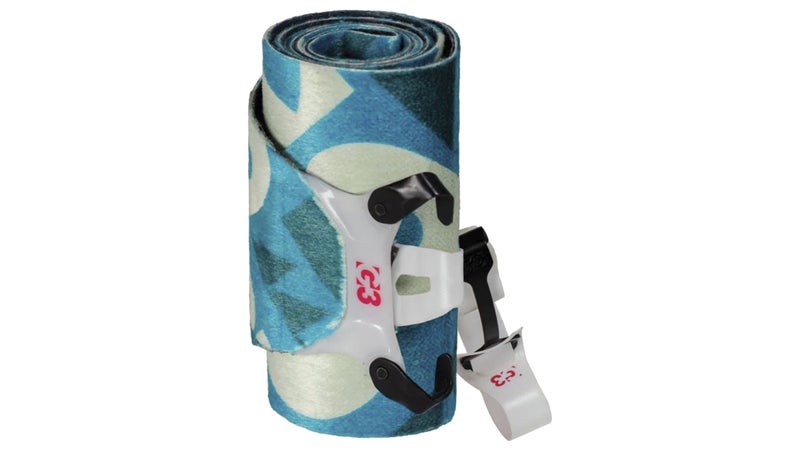
G3 spent another calendar year╠řtrying to refine the best ratio of mohair to nylon and came to market with the ╠ř($184), which has the potential to be the best yet. As a G3 loyalist, IÔÇÖm excited to add it to my collection.
Wax (Sort Of)
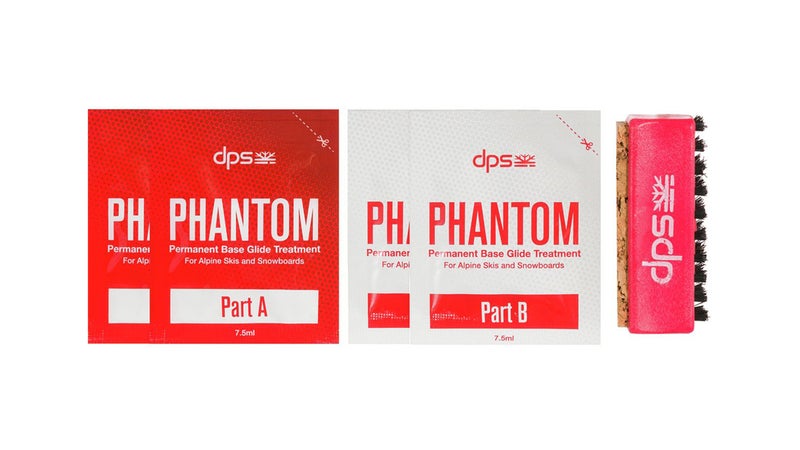
I implore you to skip the ski wax this year and invest in the╠ř╠ř($100) from DPS. I spent last season testing this one-time application, and it works well in the backcountry, helping you slide smooth and fast over mixed conditions. I found it especially useful when skiing over sticky hazards caused by dripping trees on warmer days.╠řApplying the╠řtreatment╠řis quick and easyÔÇöand by using it, youÔÇÖre saving earth from added toxins╠řas opposed to multiple wax coatings. (DPS╠řclaims that itÔÇÖs made with no toxic chemicals╠řand is safe for water, plants, and animals.)
Layers
Unless you love to ski in jeans,╠řIÔÇÖd recommend a kit from Patagonia. The company╠řhas╠řramped up the╠řinclusion╠řof reprocessed fabric in its gear, while still making durable, high-quality products.╠řAll of the 60-plus shells that Patagonia╠řoffers are now made from recycled materials, like the fair-trade sewn╠ř╠ř($349),╠řwhich shows a very real commitment to cleaning up its╠řsupply chain.╠řAs a three-layer shell designed for fast and light minimalists, the Snowdrifter pairs well with the ╠ř($499), PatagoniaÔÇÖs lightest outer layer, which is also . Underneath the shells, I layer╠řwith a ╠ř($299), which feels like wearing a sleeping bag during the day.
Packs
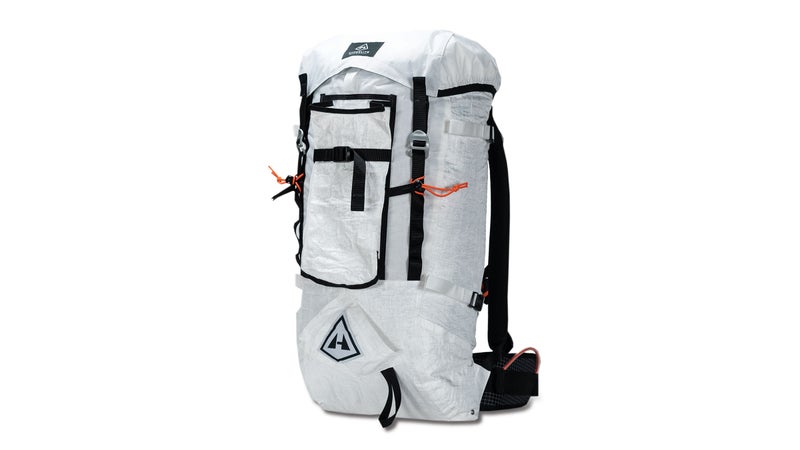
New this season, the ╠ř($395) is a finely tuned and featherweight machine with a simple design. I havenÔÇÖt had the chance to put this pack through the wringer yet, but I did hike up a few trails around my home. Different from other Hyperlite models, like the ╠ř($310)╠řor the ╠ř($310), the Prism╠řfeatures extra gear lashes and multiple tie-down options for ropes and skis,╠řas opposed to an elastic exterior chute.╠řAnd╠řlike all of HyperliteÔÇÖs gear, itÔÇÖs built with Dyneema, so you can charge confidently past stubborn branches and icy sections and not worry about puncturing the pack.
Avalanche Equipment
Safety is sexy, so listen up. IÔÇÖve trusted the avalanche equipment from Backcountry Access for years, because itÔÇÖs uncomplicated and has never let me down. The new ╠ř($300) is easier to use than the ╠ř($335),╠řand the ╠ř($70)╠řoffers hoe mode, which is useful for rescues and for building booters. The ╠ř($90), a sturdy and lightweight wand, completes the safety trio. IÔÇÖm also╠řa big fan of always carrying ╠ř($264), primarily to coordinate lunch╠řbut sometimes for critical╠řstuff, too.
╠ř╠ř╠ř
╠ř
Alpine Accessories
If you plan on skiing more technical routes, IÔÇÖd suggest╠řslapping ╠ř($190)╠řonto your boots. IÔÇÖve found past versions remarkably fast to put on and perfect for a variety of conditions, including ice, snow, and rock, and IÔÇÖm already impressed with the new modelÔÇÖs durability. I also like the ╠ř($180) and a ╠ř($120).╠řThe Summit Evo is a great alpine tool with a sticky grip, without being unwieldy. The Swift is a╠řblindingly bright╠řmulti-beam lightsaber for your foreheadÔÇöand itÔÇÖs powered by╠řa rechargeable battery.╠ř
╠ř╠ř
Helmet
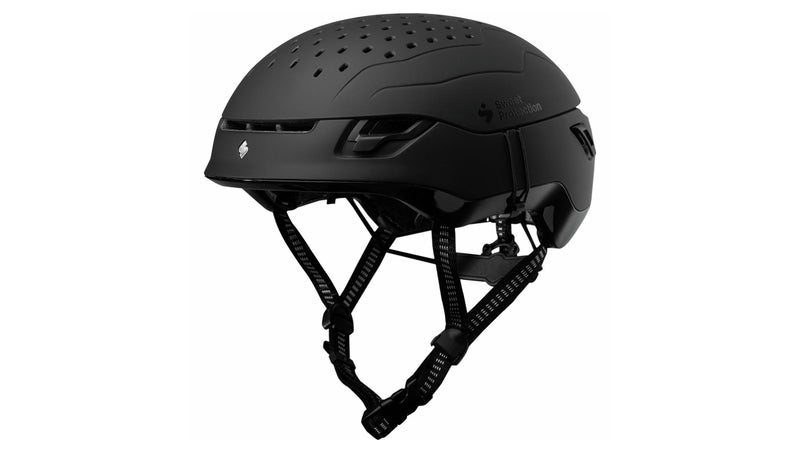
IÔÇÖm a recent convert to ╠ř($170), a noggin protector that looks dorky, but holy smokes╠řdoes it breathe well,╠řthanks to╠ř108 small holes╠řon the top. With╠řa slim profile, it carries efficiently, so if you normally tour with a climbing helmet and are looking for a model specifically designed for ski mountaineering, the Ascender is for you.
Eyewear
For eyeball safety, I wear ╠ř($280)╠řon the descent, which improves your field of view by an alleged 25 percent, thanks to curved glass at the bottom of the goggles. When headed uphill, I wear ╠ř($150), which are the industry benchmark, offering lens and side-eye protection╠řwithout looking like you came out of a fashion ad.
╠ř
Coffee
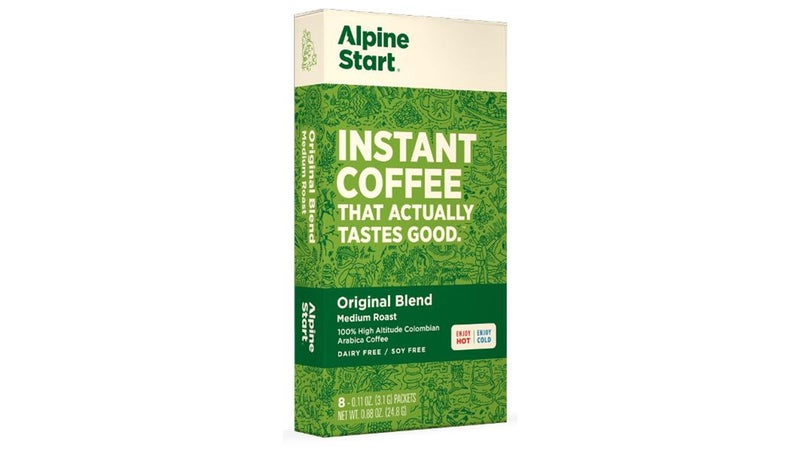
With the few pennies left in your bank account, do yourself a favor and snag a couple packs of . Its coffee is╠řinstant, delicious, and loaded with caffeine. Alpine Start just launched a coffee packet in partnership with Protect Our Winters, too.╠ř


